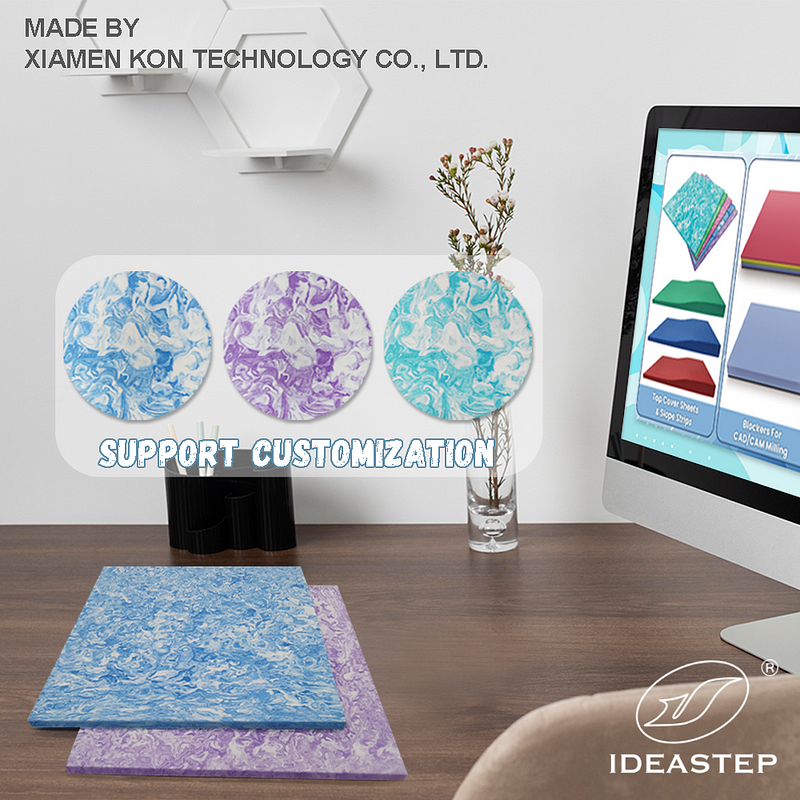When purchasing EVA (Ethylene Vinyl Acetate) sheets, it’s crucial to understand their material properties to make informed decisions. This article dives into the key aspects of EVA sheet material properties, equipping buyers with essential knowledge for selecting the right product.

Material Properties of EVA Sheets
Flexibility and Versatility
EVA sheets are highly flexible and versatile materials that can be easily shaped and molded. They maintain their flexibility across a wide range of temperatures, making them suitable for applications requiring resilience and adaptability. Industries such as footwear manufacturing, packaging, and automotive interiors benefit from EVA sheets’ ability to conform to various shapes and contours.
Shock Absorption and Cushioning
A notable characteristic of EVA sheets is their excellent shock absorption capability. They effectively absorb impact energy, providing cushioning and protection in products such as sports equipment, protective padding, and medical devices. This feature enhances safety and comfort in various applications.

Weather Resistance and Durability
EVA sheets exhibit good resistance to weathering, UV radiation, and chemicals. They maintain their structural integrity and color stability when exposed to outdoor environments and harsh conditions. This durability makes EVA sheets suitable for outdoor applications like marine components, garden furniture, and signage.
Understanding Material Properties for Informed Choices
Application-Specific Requirements
Before purchasing EVA sheets, identify the specific requirements of your application. Consider factors such as desired flexibility, thickness, hardness (durometer), and color options. Different applications may demand specific material properties to achieve optimal performance and durability.
Thickness and Density Selection
Choose the appropriate thickness and density of EVA sheets based on your application needs. Thicker sheets offer greater impact resistance and durability but may be less flexible. Density influences properties such as cushioning and weight, so select accordingly to meet functional requirements.

Customization Options
Evaluate customization options offered by suppliers to tailor EVA sheets to your specific requirements. This includes selecting colors, incorporating special additives (e.g., anti-static, flame retardant), or achieving desired textures for enhanced grip or aesthetic appeal. Customization ensures that the EVA sheets meet both functional and visual criteria.
Quality Assurance and Certifications
Ensure that EVA sheets meet industry standards and certifications for quality, safety, and environmental compliance. Look for certifications such as RoHS (Restriction of Hazardous Substances) to confirm the material’s suitability for your application and its adherence to sustainability practices.

Conclusion
In conclusion, understanding the material properties of EVA sheets — such as flexibility, shock absorption, and weather resistance — is essential for making informed purchasing decisions. By considering these key aspects and aligning them with your specific application requirements, you can confidently select EVA sheets that deliver optimal performance and durability across various industries.
